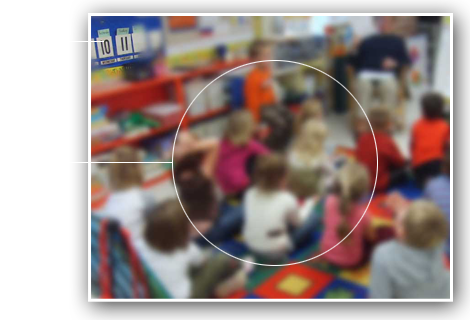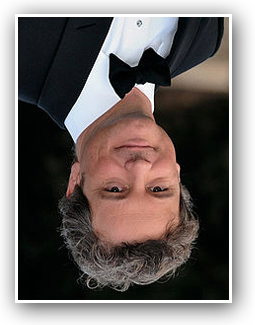
Theoretical explanations of the autism spectrum
In this unit, we introduce some of the key theories which have been used to try to explain the behaviours seen in people on the autism spectrum. We consider how these theories can inform your teaching practice.
The unit also considers data which indicates a correlation between ASD and mental health issues, with the aim of helping you to:
- Reduce the risks to pupils’ mental health in your school.
- Be aware of and support pupils who do experience such problems.
The unit contains information on the following:
- Key psychological theories, including theory of mind and central coherence theory
- Executive function theory
- Social emotional theories
- Mental health issues
- The importance of individualised approach
- Face and emotion processing
Typically developing children: communication timeline
- By
14 months old:
- Demonstrate a capacity for joint attention (following another person's gaze or gesture to look at an object).
- Look at someone else's face and eyes and pay attention to what they are interested in.
- By
24 months old:
- Engage in pretend play and use 'mind reading skills' to understand that the other person is just pretending.
- By 3 years old:
- Pass the 'seeing leads to knowing' test and understand that merely touching a box is not enough to know what is inside.
- By 4-5 years old:
- Most children are able to pass the 'false belief' test. The Sally-Anne task is the most well known of this type of test. It assesses a child's understanding of the idea that someone else's beliefs may be different to their own.
- The typical four-year-old is also able to understand deception – and how they can manipulate someone else's thinking through deceit.
- By
7-8 years old:
- Can mostly work out another's feelings and understand that some things may be better left unsaid.
- Can interpret another person's expressions from their eyes and work out what they might be thinking or feeling.
- 14 months
- 24 months
- 3 years
- 4-5 years
- 7-8 years
Central coherence theory
Focus on one minor detail
Little comprehension of overall context

Executive functions enable...
- Movement
- Attention
- Thinking
- Planning
- Memory
- Focus
Processing faces and emotions

Some theorists suggest that people with autism process faces and, therefore, emotions in unconventional ways.
For example, some individuals with autism can easily recognise faces upside down – a task which neuro-typical individuals find more difficult.
This suggests that people with autism use individual features of the face to recognise people and emotions, rather than the whole face.
These differences in facial processing may lead to difficulties in recognising emotions, and pupils may confuse the feelings of others.
This confusion is not only limited to facial expression, and may apply to other forms of communication – like body language.
Mental health issues
Some mental health problems are more common amongst pupils with autism than their typically developing peers of the same age.
Low self-esteem, failure at tasks, social isolation, and irrational thoughts are common difficulties for people with autism, and can contribute to the development of mental health disorders. Children on the autism spectrum may also have a reduced awareness of their own emotional states, meaning that they are less able to plan ahead to avoid stress.
This graph compares the incidence of common mental health problems in the typically developing and autistic populations.
% in typically developing individuals
% of those with autism